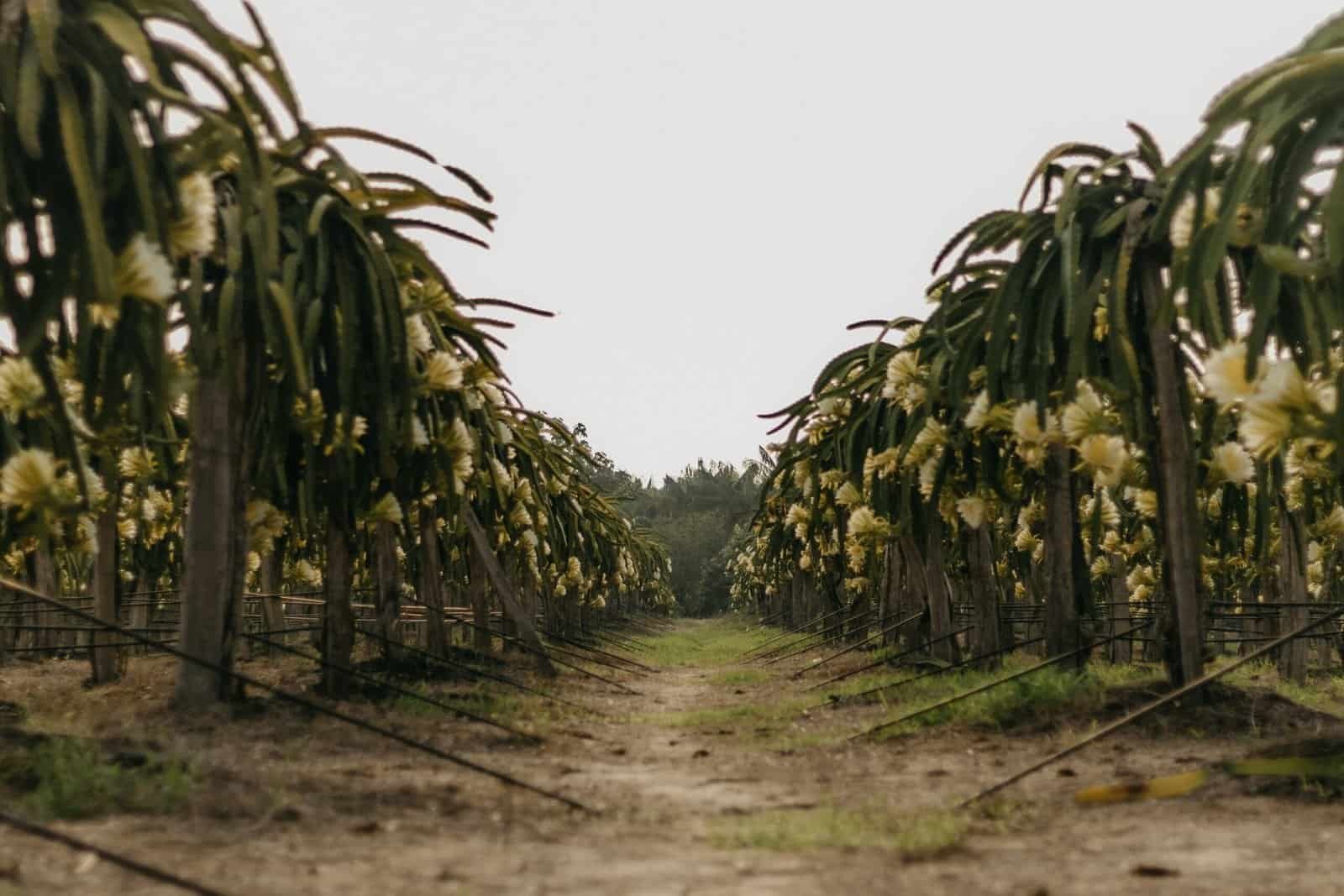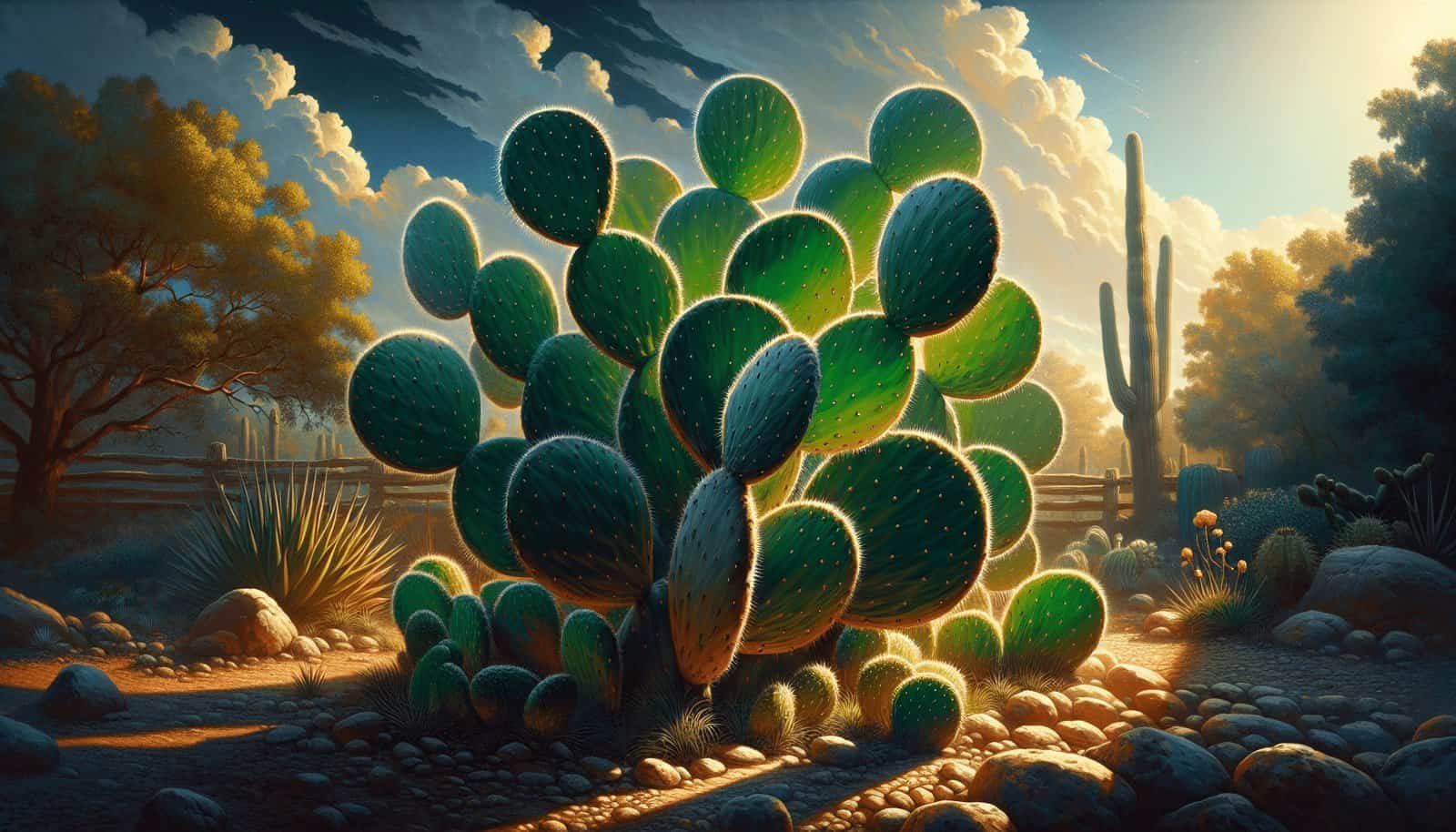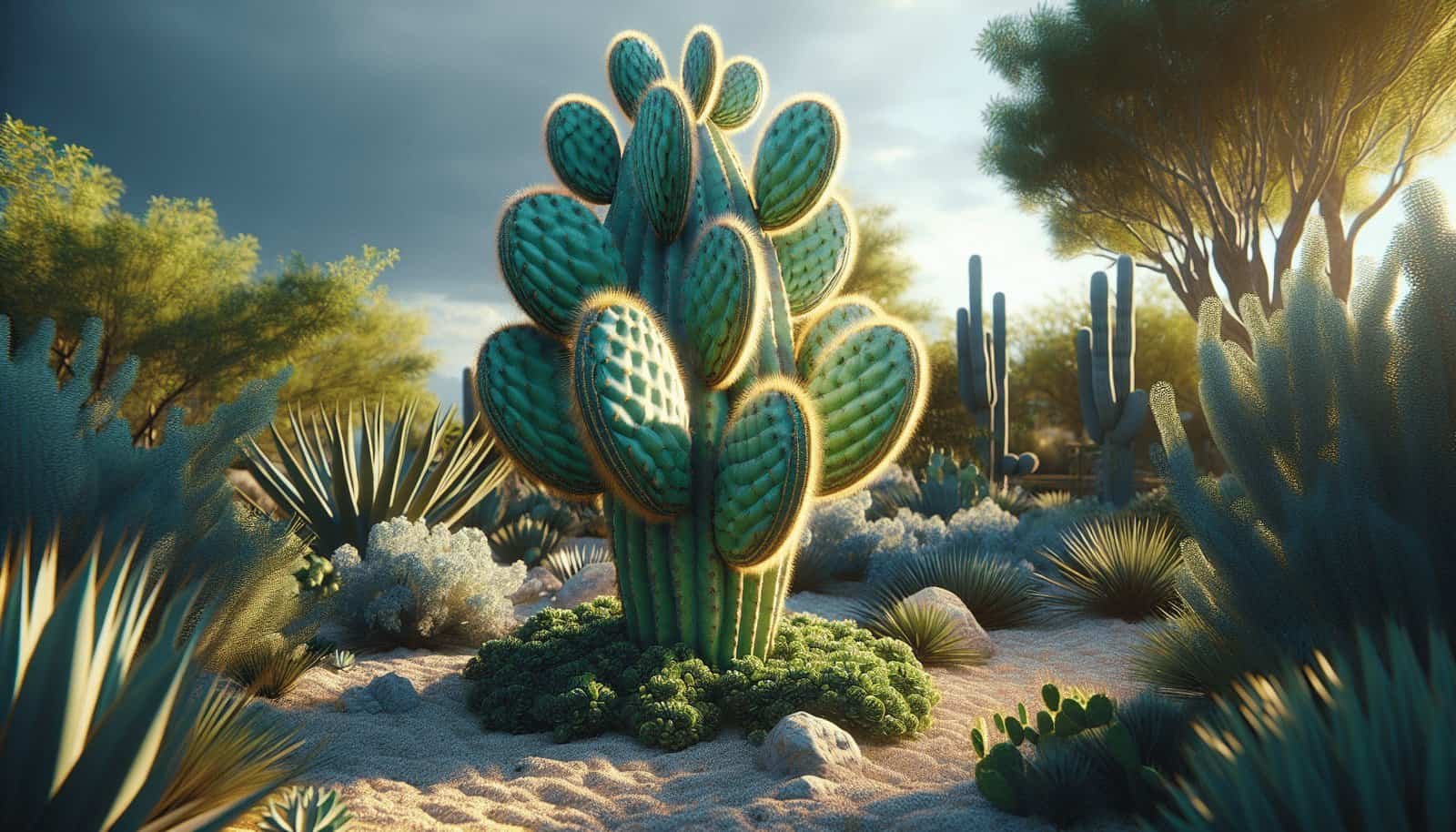Have you ever found yourself wondering how to harvest nopal pads without damaging the plant? Nopal, also known as prickly pear cactus, is a popular plant found in many gardens and kitchens around the world. Its pads are not only a culinary delight but also a nutritional powerhouse. However, the key to enjoying this desert gem lies in harvesting the pads correctly, ensuring that you preserve both the plant and the quality of the pads for future harvests. In this guide, let’s delve into how you can accomplish this efficiently and without harming the plant.
Understanding Nopal Cactus
Before diving into the intricacies of harvesting, it’s essential to understand the nopal cactus itself. Knowing the plant’s biology, growth patterns, and optimal conditions for health will give you a solid foundation to harvest effectively. This background information ensures that you approach the harvesting process with greater respect and care for the plant’s well-being.
The Anatomy of Nopal Cactus
The nopal cactus belongs to the Opuntia genus, which includes over 200 species. The plant typically features flat, fleshy pads known as cladodes, which are jointed segments growing from a primary stem. The pads are covered with small spines called glochids, and larger, more traditional spines, making it crucial to handle them with care. These pads serve as both leaves and stems, photosynthesizing and storing water, which is vital in its native arid environments.
Growth Patterns and Seasons
Nopal cacti grow in arid and semi-arid regions worldwide. They require plenty of sunlight and well-drained soil to thrive, making them relatively easy to care for, especially in warm climates. The plant grows actively in spring and summer, slowing down during fall and becoming dormant in winter. Understanding these growth patterns helps you time your harvesting appropriately to ensure minimal impact on the plant’s vitality.
Preparing for Harvest
Preparation is the first step in ensuring a successful harvest without damaging the nopal cactus. This involves choosing the right time to harvest and having the right tools on hand for the task. Proper preparation minimizes the chances of injury to both you and the plant, keeping the cactus healthy and productive.
Ideal Time for Harvesting
Nopal pads are best harvested during the active growth period. The timing can vary slightly based on your location, but generally, spring and early summer are optimal. New pads are tender, nutrient-rich, and less fibrous than older ones, making them perfect for culinary uses. Morning is the best time of day for harvesting, as the pads are plump and filled with moisture after the night’s coolness.
Essential Tools and Gear
Having the right tools not only makes your job easier but also protects the plant from unnecessary harm. Here’s a checklist of what you’ll need:
- Sharp Knife or Pruning Shears: Ensure they are sharp and clean to make precise cuts and reduce the risk of infection to the plant.
- Thick Gloves: To protect your hands from the spines and glochids.
- Tongs: Helpful for safely handling the pads once they are cut.
- Container or Basket: For collecting the harvested pads and keeping them clean.

Harvesting Techniques
Once you’re prepared, it’s time to get into the technique of harvesting nopal pads. Proper technique ensures that you gather pads in a way that encourages more growth and sustains the health of the plant long-term.
Choosing the Right Pads
Not all pads are created equal. When you’re assessing which pads to harvest, aim for young, bright green ones that are approximately six to eight inches long. These tender pads, often referred to as “nopalitos,” are ideal for cooking. Avoid harvesting pads that are overly dark or beginning to show signs of age, like yellowing or a tough texture, as they may be too fibrous and less palatable.
Cutting Pads Correctly
Begin by using your knife or pruning shears to make a clean cut at the base of the pad where it attaches to the plant. Be careful not to damage the bud, which is the small nub right next to where the pad emerges. This bud is crucial for the growth of future pads. Holding the pad with your tongs or using gloved hands can help avoid direct contact with the spines.
Post-Harvest Care for the Plant
After you’ve successfully harvested the desired number of pads, attention must shift to the nopal plant itself. Proper post-harvest care ensures that your cactus remains healthy and continues to produce pads for future harvests.
Promoting Healing
Once the harvest is complete, inspect the plant for any wounds or damaged areas. A clean cut usually heals quickly, but keeping an eye out for any signs of infection or rot is essential. In some cases, you might apply a natural fungicide to protect the exposed areas.
Encouraging Continued Growth
To encourage new growth, ensure that the nopal cactus continues to get ample sunlight and the right amount of water, especially after the cuts have been made. Withholding water for about a week can help prevent rot at the cutting site. Pay attention to the health of the soil and consider a light fertilization with a cactus-specific mix, especially if new growth seems sluggish.

Culinary Uses for Harvested Nopal Pads
With your fresh harvest at hand, the possibilities in the kitchen are nearly endless. Nopal pads offer a unique flavor, often compared to green beans or okra, and are used in a variety of dishes.
Cleaning and Preparing Nopal Pads
Before they hit your pan, nopal pads need to be cleaned and prepared. Start by using a vegetable brush to remove any remaining glochids and spines. Peeling the pad may be necessary if the skin is particularly tough. Rinse thoroughly under running water, then slice into strips or dice into cubes, as your recipe requires.
Popular Recipes
Nopal pads are versatile and can be prepared in numerous ways. Here are a couple of classic uses:
- Nopalitos Salad: Mix sliced and boiled nopal pads with tomatoes, onions, cilantro, and avocado for a refreshing salad.
- Scrambled Eggs with Nopales: Add diced nopal pads to scrambled eggs with a bit of onion and green pepper for a hearty breakfast.
Nutritional Benefits of Nopal Pads
Not only are nopal pads delicious, but they also pack a nutritional punch. Understanding these benefits might just make you even more inclined to incorporate nopal pads into your diet regularly.
Rich in Nutrients
Nopal pads are low in calories but high in several key vitamins and minerals. They are an excellent source of vitamin C, magnesium, potassium, and calcium. Furthermore, they contain antioxidants that help combat free radicals, protecting your body from oxidative stress.
Health Benefits
The health perks of nopal pads extend beyond their vitamin content. They are noted for their potential to aid in digestion due to their high fiber content and have been studied for their ability to help regulate blood sugar levels. This makes them an excellent dietary choice for those managing diabetes or prediabetes.

Common Mistakes and How to Avoid Them
As you become more adept at harvesting, knowing common pitfalls can prevent unnecessary damage to your plants and ensure a more fruitful harvest.
Over-Harvesting
One of the most frequent mistakes is taking too many pads at once. The key is to balance between harvesting enough for your needs and leaving sufficient foliage for the plant’s continued health. Ideally, no more than one-third of the pads should be removed at any one time.
Ignoring Plant Health
It’s easy to focus on the immediate task of harvesting and overlook signs of poor plant health, such as discolored pads or slowed growth. Regular checks and proactive care can catch issues early, ensuring your nopal cactus remains robust and productive.
Final Thoughts
Successfully harvesting nopal pads without damaging the plant is a rewarding process that results in both a healthy, sustainable plant and a delicious bounty for your kitchen. With knowledge of the nopal cactus, the right tools, proper technique, and attentive plant care, you can enjoy these vibrant, nutritious pads year after year. Every step you take, from understanding the growth and anatomy of the plant to skillful harvesting and culinary incorporation, enhances your experience and appreciation of this unique food source.
In finding this balance, you not only become a more responsible gardener but also a more informed consumer of the nutritional benefits nopal pads provide. As you enjoy your next meal featuring nopal, take pride in knowing that it came from a plant that continues to thrive in your care.


